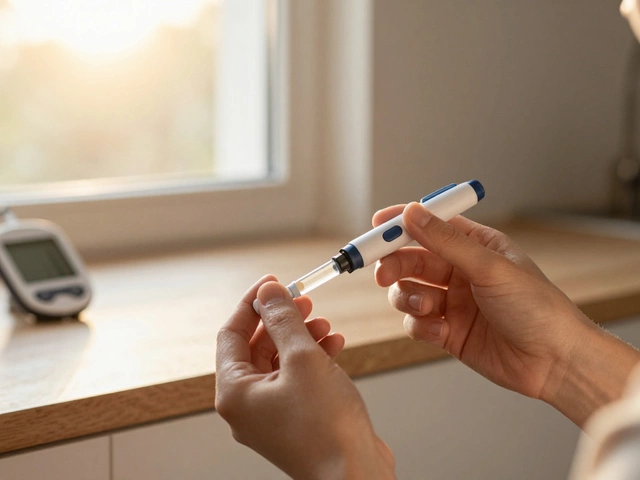Understanding Treatment Plan Length: What to Expect
When you get a diagnosis, the first question is usually “how long will this take?” Whether it’s knee replacement, cancer therapy, or a simple medication course, the length of a treatment plan can feel like a mystery. The good news is that most factors are predictable, and you can do a lot to keep the timeline on your side.
What Sets the Clock on a Treatment Plan?
Every plan starts with three basic ingredients: the condition, the chosen therapy, and your own health background. A complex surgery such as knee replacement often has a built‑in rehab schedule – days 1‑3 are usually the toughest, followed by a gradual return to movement over weeks. In contrast, a short course of antibiotics may end in a week if you follow the dosage exactly.
Age, existing illnesses, and how well you stick to instructions also shift the timeline. Younger patients with no other health issues typically bounce back faster than someone with diabetes or heart disease. Missed appointments, skipping physiotherapy, or not taking meds on time can add weeks or even months.
Real‑World Timelines for Common Treatments
Here’s a quick snapshot of what many Indians see in practice:
- Knee replacement surgery: Hospital stay 2‑4 days, hardest pain days 2‑3, regular physiotherapy for 6‑12 weeks, full activity may take 6 months.
- Cancer chemotherapy (stage‑specific): Cycles range from 2‑3 weeks each; a full regimen can last 3‑6 months, sometimes longer for advanced stages.
- Weight‑loss medication (e.g., GLP‑1 agonist): Noticeable change in 4‑8 weeks, but a sustainable plan runs 6‑12 months with diet and exercise.
- Herbal liver support: Some herbs show improvement in 2‑4 weeks, but doctors often recommend a 3‑month course to see real detox benefits.
These aren’t hard rules, but they give you a realistic yardstick. If a source promises a miracle cure in days, be skeptical.
Another tip is to track your own milestones. Write down when you start, any side effects, and when you notice improvement. Seeing progress on paper helps you stay motivated and signals to your doctor if something’s off.
Finally, remember that the length of a treatment plan isn’t just about the medical side. Your daily routine, work schedule, and family support all play a role. Arrange help for chores during the first few tough days, set reminders for meds, and keep a simple exercise log. Small habits add up and can shave weeks off a recovery.
Bottom line: treatment plan length depends on the disease, the therapy, and you. Knowing the typical timeline, watching the factors that can extend it, and staying proactive will keep you on track and reduce frustration.


